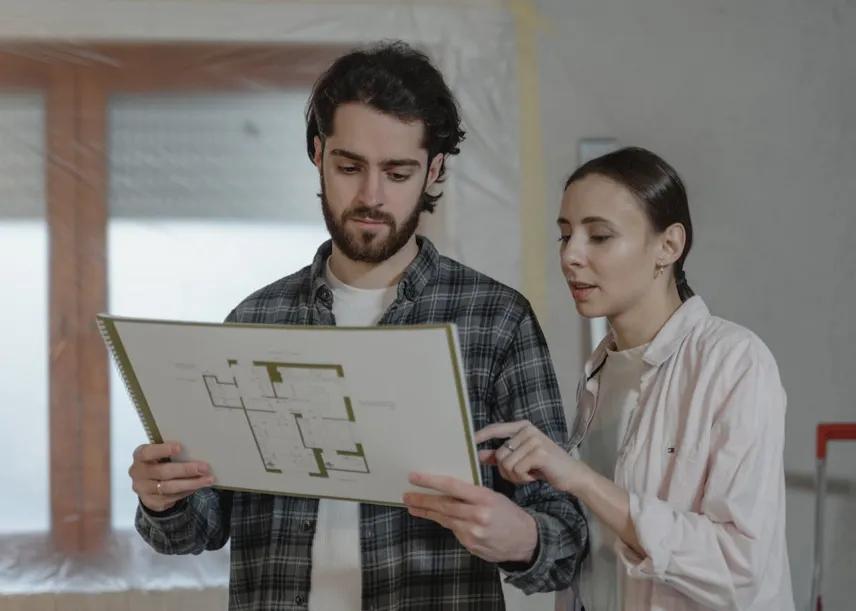Building design is not all about making something that appears nice. There should be a purpose for every wall, every window, and every walkway. Design, when it is directed, provides function, clarity, and meaning to the built environment. This concept, commonly referred to as purpose-driven design, is more concerned with the way spaces can benefit people and not their appearance. Good architecture is capable of enhancing the living, working, and interacting of people. It is, therefore, important not to think about style but purpose.
Form Must Follow Function
Form should follow function is one of the simplest concepts of good architecture. This implies that the form of a building must be the product of what it is required to accomplish. The school must ensure that learning is easy. A house is supposed to be a place of comfort. An environment is supposed to facilitate productivity.
Architects can design a space to fit people when they think about how people will use a space. Better flow in the rooms can be created. Lighting can also able to be positioned to focus or improve mood. Even outside spaces can be planned in such a way as to encourage congregation or solitude. Everything is put there deliberately so that nothing included is just for show. Rather, each detail is to play a part.
Design Influences Life
Building design may affect the feelings and behaviors of people. An open space with a lot of light can make you feel welcome. A small and noisy room could be a source of stress. Such design decisions can influence the experiences of the people who are not even aware of them.
An example is a hospital. Patients can be more relaxed when they are allowed to have natural light, calming colors, and clear signs in their design. Navigating can be simplified for tourists. The hospital staff will be in a position to move and operate quicker. These are small changes that can mean a lot. Purpose-driven design does not ignore such details. It tries to ensure that spaces are beautiful, simpler to use, and comfortable to be in.
Versatility and Durability
It should not be the only purpose of the buildings today. They must also be prepared for what could happen the next day. There is a tendency to add flexibility to purpose-driven design. This enables spaces to evolve with time as the needs evolve. As an example, a community center can be utilized during the day to host classes and at night to have events. Both can be done without significant alteration in a good design. Some of the easy methods of accommodating this type of change include movable walls, open plans, and smart storage. Future-oriented design results in places that remain useful over a longer period of time. That is more cost-effective to the individuals occupying the space as well as the resources used to construct it.
The Collaboration Role
Teamwork usually provides good design. The knowledge of the architects, builders, and clients is different. Greater outcomes are obtained when they collaborate with a common goal. There is a technique known as design-build that some companies employ to remain on the same page. In this approach, construction and design are carried out by a single team. This can help avoid misunderstanding and make the process simpler overall.
Efficiency and sustainability are also topics of interest, and thoughtful design is in demand even in such a state as Colorado. A large number of clients today search for a company that can provide both vision and implementation, which is one of the reasons why a design build team in Colorado could interest both homeowners and businesses.
Conclusion
Structures make lives. They affect the movement, thoughts, and feelings of people. Rushed and lazy design may be irritating or even dangerous. However, design can improve everyday life when it is planned. Purpose-driven architecture does not need to be fancy. It does not require sophisticated equipment and outrageous budgets. It only requires some thinking. It begins by inquiring: who is going to occupy this space, and what are their requirements? By maintaining those questions central, the designers will produce places that are functional and comfortable. This is the real worth of intentional designing.














